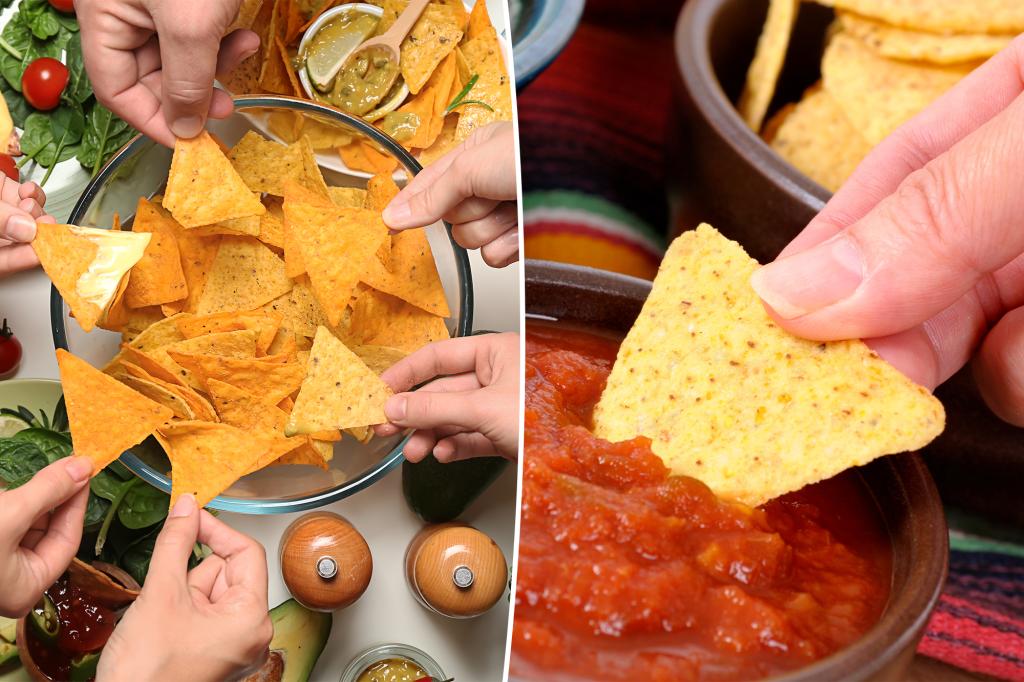Researchers at Penn State University have discovered a concerning link between dips and caloric intake. They found that snackers consume 77% more calories when eating chips served with dip than just chips alone. This means that they eat the same amount of chips plus the dip, leading to an overall increase in calorie consumption. The study, led by John Hayes, professor of food science, and director of the Penn State Sensory Evaluation Center, aimed to understand how adding dip to a snack offering affects people’s eating behavior.
In the study, 46 adults visited the center twice over a two-week period. On one visit, they were served three small bags of ranch-flavored chips, while on another visit, they received the same amount of chips along with a 1/3 cup of ranch dip. Participants were encouraged to eat as much as they wanted while researchers recorded the number of bites taken and time spent eating. The team believed that adding dip to the snack offering would result in participants eating fewer chips to compensate for the additional calories, but this was not the case. Participants ended up consuming the same amount of chips and dip, leading to a significant increase in overall energy intake.
On average, volunteers consumed 345 calories of chips and dip per snack session, compared to 195 calories when they only ate chips. Additionally, when chips and dip were served, the surveyed snackers took larger bites and ate at a faster pace. These findings were published in the November issue of Food Quality and Preference, emphasizing the need to understand snacking behaviors to address overeating and obesity, a global health concern. John Hayes hopes that these findings open up new avenues for exploring how the physical properties of foods can influence eating behaviors and energy intake.
As of 2022, over 1 billion people worldwide were living with obesity, highlighting the importance of addressing excessive calorie intake. Hayes believes that slowing down people’s eating behaviors may help influence energy consumption without sacrificing the pleasure of food. The study also revealed that many people enjoy indulging in dips, with a 2022 survey showing that six in 10 adults are not ashamed to eat spoonfuls of dip straight from the container. When it comes to serving dips, most participants preferred tortilla chips, vegetables, potato chips, or pita bread. The survey also found that about 35% of adults would be willing to replace a typical lunch meal with their favorite dip, hinting at the popularity of dips among the general population.
In conclusion, the study conducted by Penn State University sheds light on the impact of adding dips to snack offerings on overall energy consumption. Despite assumptions that individuals would eat fewer chips to compensate for the extra calories from the dip, participants ended up eating the same amount of chips and dip. This has significant implications for calorie intake, with snackers consuming a higher number of calories when indulging in chips with dip compared to chips alone. Understanding snacking behaviors and their effects on diet and health is crucial for addressing global challenges such as obesity. The findings of this research provide valuable insights into how the physical properties of food can influence eating behaviors and energy intake, paving the way for future studies on this topic.


